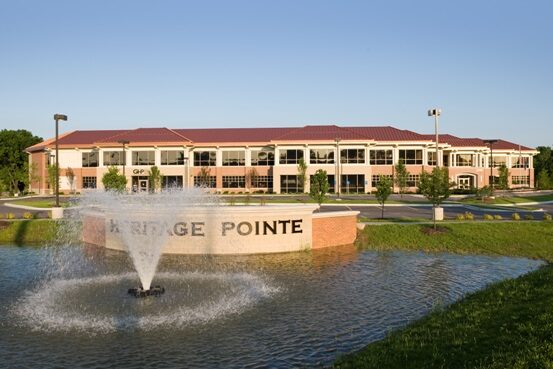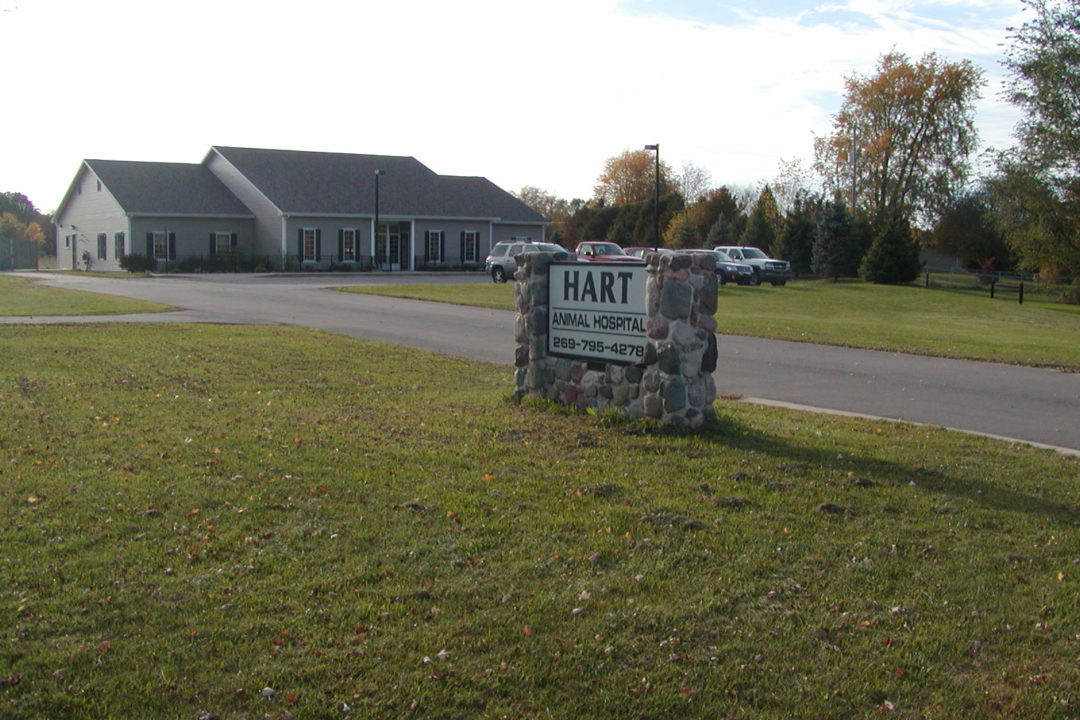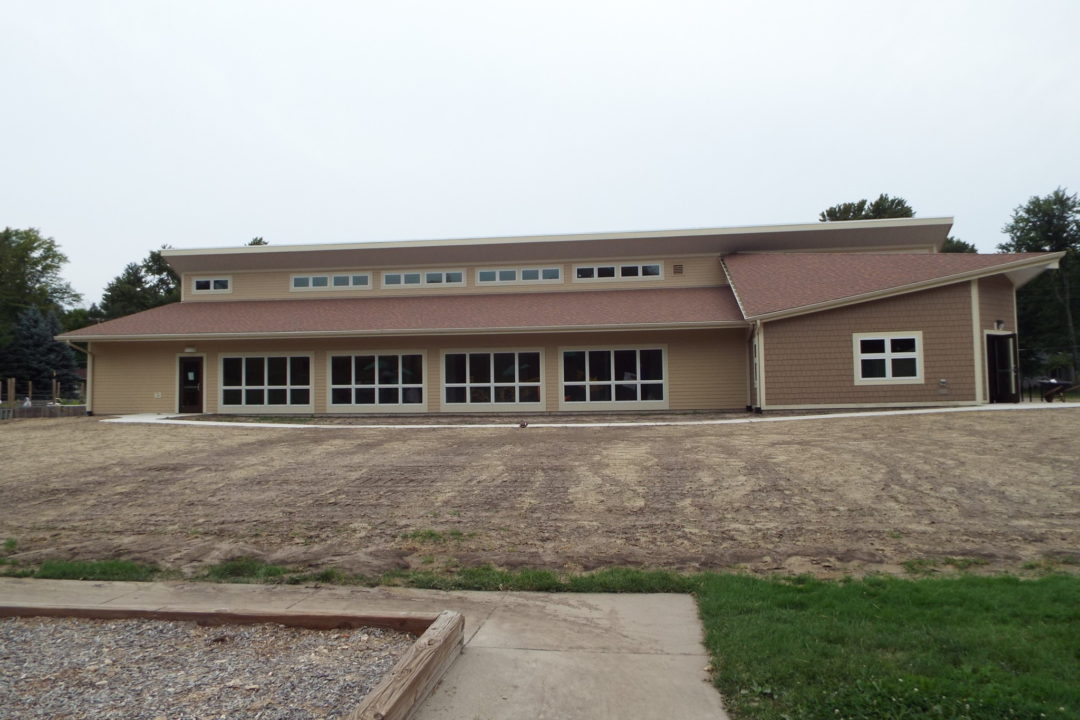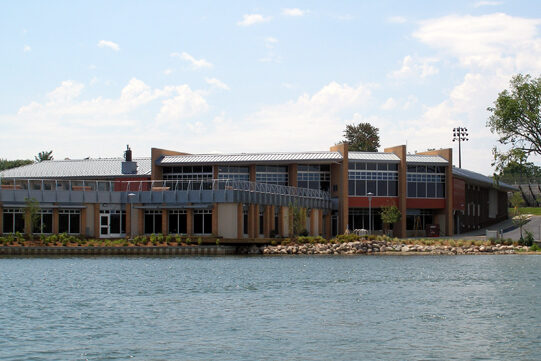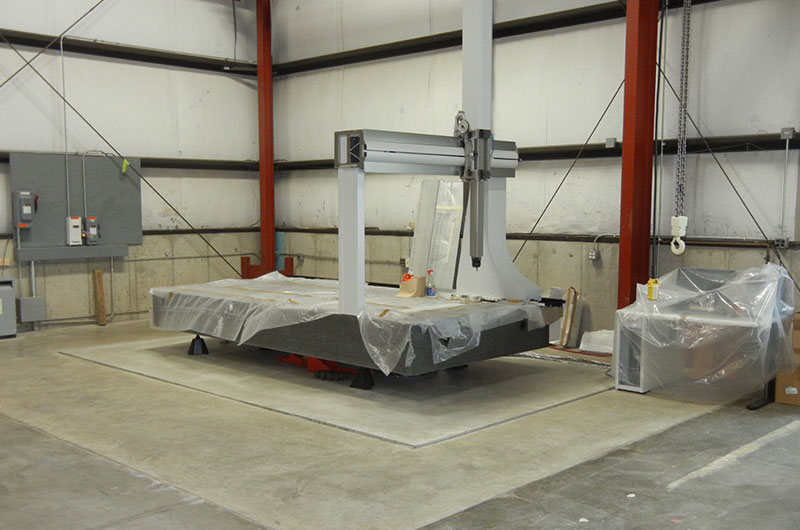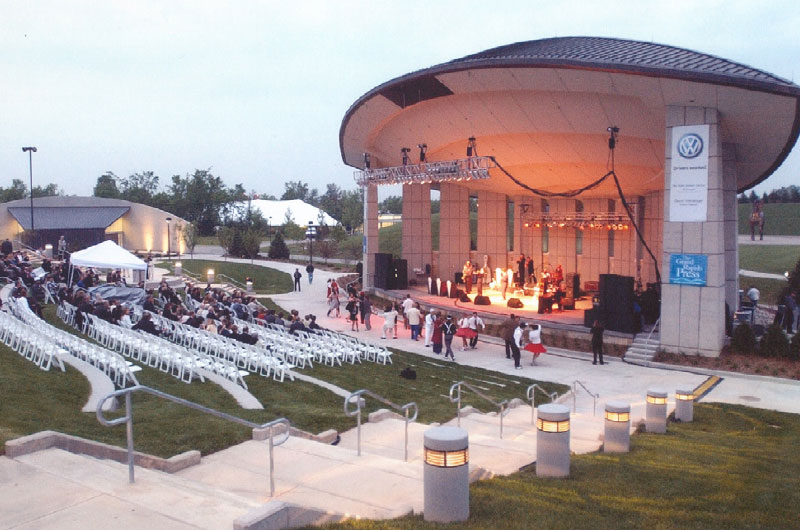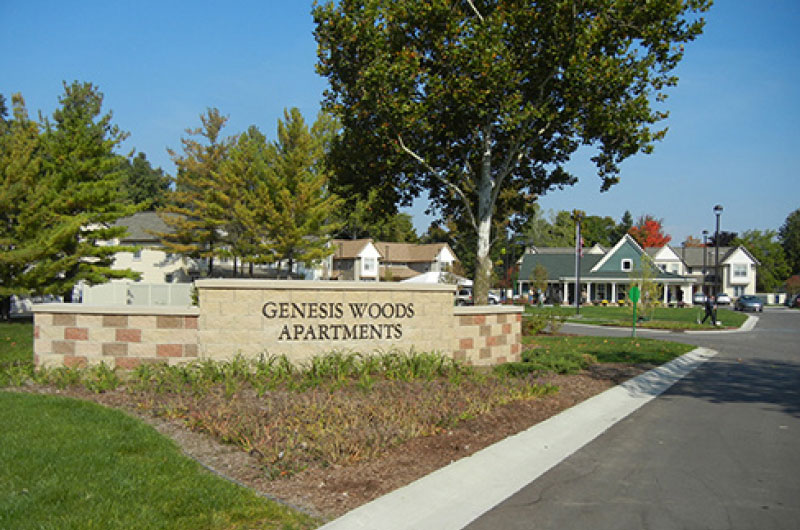A new two story 66,200 SF office building plus a lower level parking/ storage space.
Structural Engineering included foundation design in accordance with soil boring and geotechnical engineering report requirements; Superstructure design including all necessary framing plans and details and design includes provisions for all mechanical and electrical equipment incorporated into the project.
Mechanical Engineering included Heating, Ventilation and Air Conditioning (HVAC) design to meet ASHRAE standards and recommendations for the building including ductwork and piping design for a heat pump system, including the gas piping; Plumbing design includes domestic water, storm, and sanitary sewer systems; Fire protection performance specifications along with sprinkler head layout.
Electrical Engineering included site lighting design. Interior power distribution design and power service to the site along with coordination with the utility. Separate metering for the future tenant is provided; Interior lighting design for the common areas including branch circuiting and switching, interior telephone and data processing system provisions including empty conduit and junction box locations; Telephone service provisions on the site, including coordination with the utility and Fire Alarm system design for common areas.
